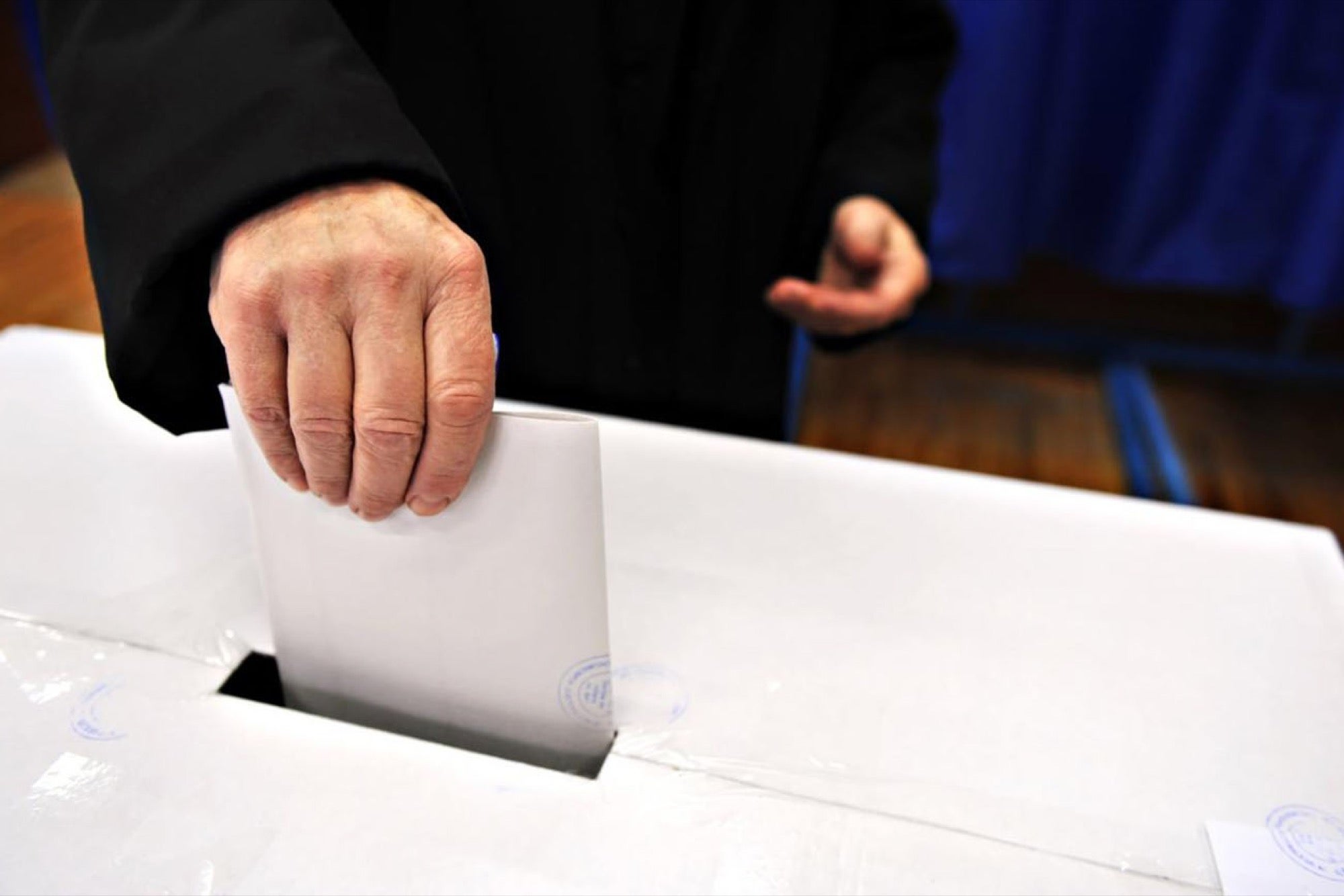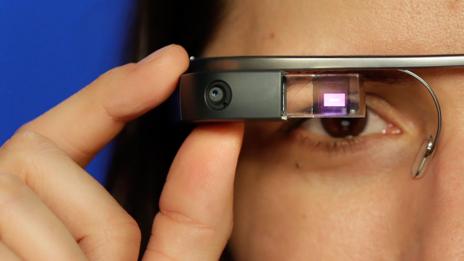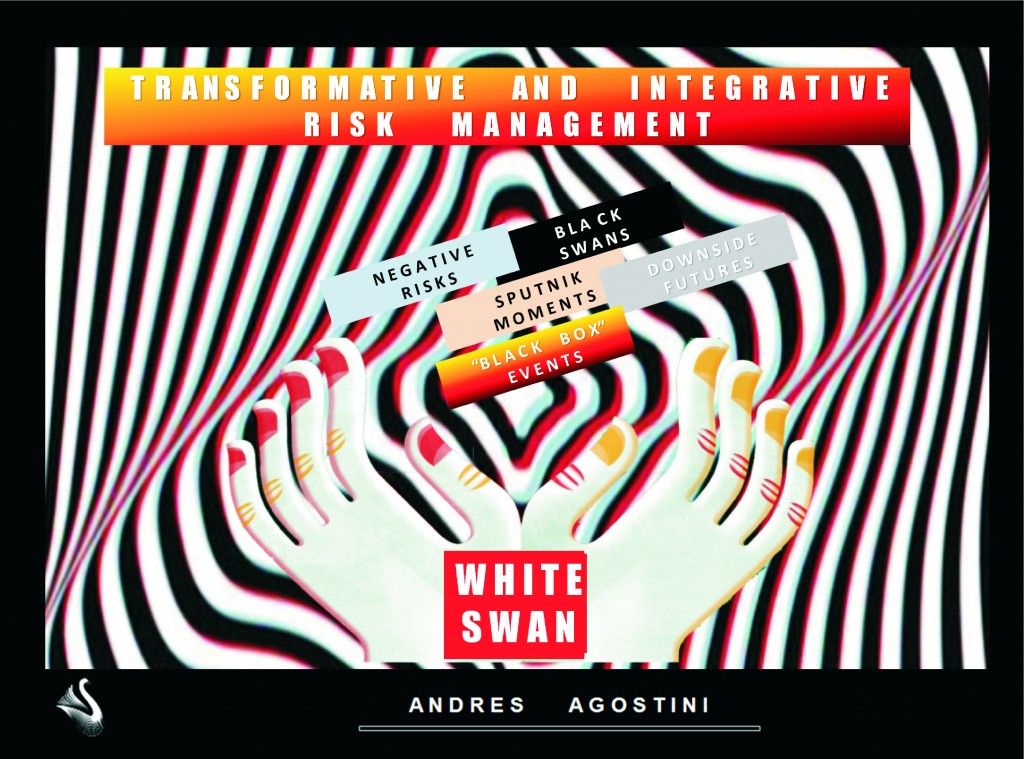Archive for the ‘innovation’ category: Page 209
Nov 23, 2014
BitCoin, Cryptocurrency, and Blockchain Technology — The Ethereum Primer
Posted by Rob Chamberlain in categories: automation, big data, biotech/medical, bitcoin, business, complex systems, computing, disruptive technology, economics, encryption, energy, engineering, ethics, finance, futurism, geopolitics, government, hacking, hardware, human trajectories, information science, innovation, internet, journalism, law, materials, military, neuroscience, open access, open source, philosophy, physics, policy, privacy, science, scientific freedom, security, software, supercomputing, transparency
Quoted: “Ethereum will also be a decentralised exchange system, but with one big distinction. While Bitcoin allows transactions, Ethereum aims to offer a system by which arbitrary messages can be passed to the blockchain. More to the point, these messages can contain code, written in a Turing-complete scripting language native to Ethereum. In simple terms, Ethereum claims to allow users to write entire programs and have the blockchain execute them on the creator’s behalf. Crucially, Turing-completeness means that in theory any program that could be made to run on a computer should run in Ethereum.” And, quoted: “As a more concrete use-case, Ethereum could be utilised to create smart contracts, pieces of code that once deployed become autonomous agents in their own right, executing pre-programmed instructions. An example could be escrow services, which automatically release funds to a seller once a buyer verifies that they have received the agreed products.”
Read Part One of this Series here » Ethereum — Bitcoin 2.0? And, What Is Ethereum.
Read Part Two of this Series here » Ethereum — Opportunities and Challenges.
Read Part Three of this Series here » Ethereum — A Summary.
Nov 20, 2014
Bitcoin, Cryptocurrency, and Blockchain Technology — Voting Systems
Posted by Rob Chamberlain in categories: automation, big data, bitcoin, business, complex systems, computing, disruptive technology, economics, encryption, engineering, ethics, geopolitics, government, hacking, hardware, information science, innovation, law, materials, open access, open source, philosophy, policy, polls, privacy, science, security, software, supercomputing, transparency, treaties
 Quoted: “Bitcoin technology offers a fundamentally different approach to vote collection with its decentralized and automated secure protocol. It solves the problems of both paper ballot and electronic voting machines, enabling a cost effective, efficient, open system that is easily audited by both individual voters and the entire community. Bitcoin technology can enable a system where every voter can verify that their vote was counted, see votes for different candidates/issues cast in real time, and be sure that there is no fraud or manipulation by election workers.”
Quoted: “Bitcoin technology offers a fundamentally different approach to vote collection with its decentralized and automated secure protocol. It solves the problems of both paper ballot and electronic voting machines, enabling a cost effective, efficient, open system that is easily audited by both individual voters and the entire community. Bitcoin technology can enable a system where every voter can verify that their vote was counted, see votes for different candidates/issues cast in real time, and be sure that there is no fraud or manipulation by election workers.”
Read the article here » http://www.entrepreneur.com/article/239809?hootPostID=ba473f…aacc8412c7
Nov 17, 2014
A New Economic Layer — BitCoin, Cryptorcurrency, and Blockchain Technology
Posted by Rob Chamberlain in categories: big data, bitcoin, business, complex systems, computing, disruptive technology, economics, electronics, encryption, engineering, ethics, finance, futurism, geopolitics, hacking, human trajectories, information science, innovation, internet, law, materials, media & arts, military, open access, open source, policy, privacy, science, scientific freedom, security, software, supercomputing
 Preamble: Bitcoin 1.0 is currency — the deployment of cryptocurrencies in applications related to cash such as currency transfer, remittance, and digital payment systems. Bitcoin 2.0 is contracts — the whole slate of economic, market, and financial applications using the blockchain that are more extensive than simple cash transactions like stocks, bonds, futures, loans, mortgages, titles, smart property, and smart contracts
Preamble: Bitcoin 1.0 is currency — the deployment of cryptocurrencies in applications related to cash such as currency transfer, remittance, and digital payment systems. Bitcoin 2.0 is contracts — the whole slate of economic, market, and financial applications using the blockchain that are more extensive than simple cash transactions like stocks, bonds, futures, loans, mortgages, titles, smart property, and smart contracts
Bitcoin 3.0 is blockchain applications beyond currency, finance, and markets, particularly in the areas of government, health, science, literacy, culture, and art.
Read the article here » http://ieet.org/index.php/IEET/more/swan20141110
Nov 1, 2014
BitCoin, Cryptocurrency, and Blockchain Technology — A Brief Q&A
Posted by Rob Chamberlain in categories: bitcoin, disruptive technology, economics, finance, geopolitics, government, information science, innovation, law, open source, transparency
My Brief Q&A session with Christoffer De Geer, about BitCoin, Cryptocurrency, and Blockchain Technology.
This Q&A was first published by Mr. Geir Solem, Director of Cryptor Trust Inc., on the Cryptor Primary Investor Blog (Date: October 31, 2014).
Quote: “BitCoin was the first small step in what I believe will be a truly transformational journey, for each and every one of us. In 10 Years Cryptocurrency and Blockchains have every chance to have the same, or greater, impact on our lives, society, and civiliation, as the creation of Email had to the Postal Service, and the Fax Machine as compared to the Internet; in 25 Years Monetary Systems, Systems of Trade and Exchange, Systems of Transaction of Goods, Ledger and Recordation Systems, Everything You Know – Will – Be – Different – and, Unrecognizable relative to what we know today at the end of the year 2014.”
See the Q&A article here » [Article: BitCoin, Cryptocurrency, and Blockchain Technology] (more…)
Oct 15, 2014
Quality Assurance In Military Aeronautics!
Posted by Andres Agostini in categories: business, complex systems, economics, engineering, information science, innovation, science
Quality Assurance In Military Aeronautics!
THE BEST Quality Assurance In Military Aeronautic Equipment Is And By American Manufacturer(S).
THE SECOND Best Quality Assurance In Military Aeronautic Equipment Is And By European Manufacturer(S).
THE THIRD Best Quality Assurance In Military Aeronautic Equipment Is And By Israeli Manufacturer(S).
Continue reading “Quality Assurance In Military Aeronautics!” »
Oct 14, 2014
Intelligent Blinker bracelet automatically gives cyclists flashing turn signals
Posted by Seb in category: innovation
By Ben Coxworth — GizMag

As any serious bicycle commuter will tell you, it’s important to let drivers know what you’re doing by signaling your intention to turn. Needless to say, the more visible your hand signals are, the safer you should be. That’s why a group of doctoral students at Switzerland’s EPFL research institute created the Intelligent Blinker. It’s a wrist bracelet that automatically starts flashing when the wearer raises their arm to signal.
The device (which would presumably be worn as a set of two) contains an accelerometer and a magnetometer, to detect changes in the orientation of the bracelet. When the arm moves out laterally, those sensors trigger a set of integrated LEDs to begin blinking. Depending on how enthusiastic of a signaler they are, the user can adjust the Intelligent Blinker to kick in at more or less of an angle, as desired.
Oct 3, 2014
What if your memories could live past your mortal shelf life?
Posted by Johnny Boston in categories: cyborgs, futurism, innovation, life extension, posthumanism, singularity, transhumanism
 Would you have your brain preserved? Do you believe your brain is the essence of you?
Would you have your brain preserved? Do you believe your brain is the essence of you?
To noted American PhD Neuroscientist and Futurist, Ken Hayworth, the answer is an emphatic, “Yes.” He is currently developing machines and techniques to map brain tissue at the nanometer scale — the key to encoding our individual identities.
A self-described transhumanist and President of the Brain Preservation Foundation, Hayworth’s goal is to perfect existing preservation techniques, like cryonics, as well as explore and push evolving opportunities to effect a change on the status quo. Currently there is no brain preservation option that offers systematic, scientific evidence as to how much human brain tissue is actually preserved when undergoing today’s experimental preservation methods. Such methods include vitrification, the procedure used in cryonics to try and prevent human organs from freezing and being destroyed when tissue is cooled for cryopreservation.
Hayworth believes we can achieve his vision of preserving an entire human brain at an accepted and proven standard within the next decade. If Hayworth is right, is there a countdown to immortality?
Continue reading “What if your memories could live past your mortal shelf life?” »
Sep 29, 2014
Australian digital radar innovation attracts global attention
Posted by Frans van Wamel in categories: astronomy, climatology, electronics, engineering, environmental, innovation, surveillance
An innovative Australian digital radar built with a series of modified rugby goalposts is attracting worldwide attention the ABC reports.
A consortium led by La Trobe University in Melbourne developed the Tiger-3 digital radar, which is 10 times more sensitive than any other research radar. Lead researcher Professor John Devlin said the radar would be used to study space weather, which has an impact on navigation and surveillance systems for shipping and aircraft, as well as for GPS systems. “It measures the ionospheric reflections from a distance out to about 5,000 kilometres,” he said.
Researchers measure the data to study space weather, like recent solar flares, which can potentially knock out power, satellites, navigation and surveillance systems for shipping, aircraft and GPS.
The recent solar flares just grazed the Earth, but Dr Custovic said flares had the potential to knock out transformers, potentially shutting off power for weeks.
Continue reading “Australian digital radar innovation attracts global attention” »
Sep 27, 2014
Google Glass: Why the gadget faces its biggest test
Posted by Seb in category: innovation

A presumably naked man laughs open-mouthed as water trickles from his bright red face, soaking the Google Glass headset he is wearing in the shower. This infamous image, posted online by tech futurist Robert Scoble just over 12 months ago, encapsulated the excitement among early adopters of this technology. Glass, a voice-controlled wearable headset connected to the internet, promised a transformation of the way we interact with computers, and each other.
A year on and it’s Scoble’s enthusiasm that has been dampened. “I’m wearing it right now,” he says. “It’s really useless. I can’t store more than 20 contacts, and I can’t take photos and put them on Instagram or Facebook. Getting apps on here is a pain.”










